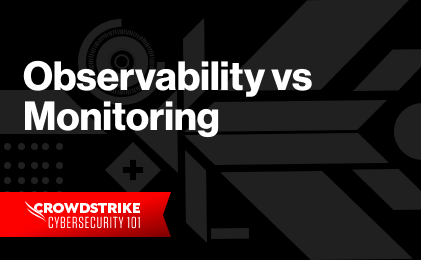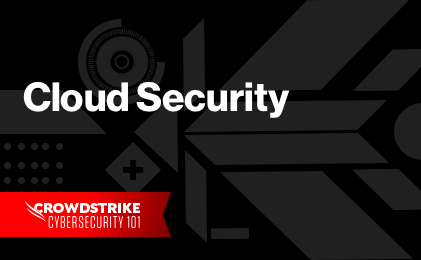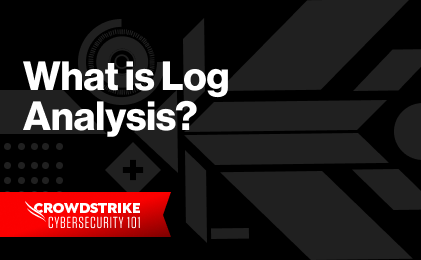Every component in your IT environment produces data. You can use this data to analyze application behavior, troubleshoot errors, identify trends, and even predict future load for capacity planning.
Before the cloud era, businesses stored their machine-generated data on-premise for analytical purposes. These businesses handled everything from purchasing hardware, maintaining infrastructure, installing and upgrading analytical software, and implementing security. This was expensive, time-consuming, and difficult to scale.
Cloud analytics has emerged as a solution to this problem—making data storage and analytics much cheaper and more accessible to businesses of all sizes.
In this article, we’ll look at what cloud analytics is, the different types of cloud analytics, and how it works. We’ll also look at essential criteria to consider when choosing a cloud analytics tool for your business.
What is Cloud Analytics?
Cloud analytics is an umbrella term encompassing data analytics operations that include:
- Extraction
- Loading
- Transformation
- Analysis
- Visualization
- Modeling
- … and other advanced workloads.
These operations are carried out on a public or private cloud platform to produce actionable business insights.
Platforms for cloud analytics
There are three types of cloud platforms that can be used to facilitate cloud analytics:
- Public cloud
- Private cloud
- Hybrid cloud
Public Cloud
In this approach, data is stored, processed, and analyzed on the public cloud platform. When using a public cloud platform, the architecture is usually multi-tenant, with security controls implemented to isolate each client’s data. The cloud service provider manages the platform, including infrastructure, application services, and high availability. The business can scale and add or remove services on demand.
Private Cloud
In this approach, data is stored, processed, and analyzed on a private cloud platform. Organizations manage the underlying infrastructure, application services, and data security. Security controls are implemented via firewalls, multi-factor authentication, and physical controls. Infrastructure isn’t shared.
Hybrid Cloud
In a hybrid cloud approach, data is stored in both public and private clouds. Businesses that want to keep sensitive information on-site while leveraging the flexibility and features of public cloud platforms often adopt this approach.
Software-as-a-Service (SaaS) cloud analytics is also available from some public cloud vendors that provide specific services like data warehouses, data lakes, AI, machine learning, or natural language processing.
How Does Cloud Analytics Work?
Although the low-level implementation of cloud analytics can differ from platform to platform, most offerings include several common and essential functions.
Ingest data
Various system and device logs are ingested into cloud analytics programs, including:
- Application logs
- Website data
- Network traffic
- Infrastructure monitoring metrics.
Data can also originate from privately or publicly hosted business applications such as CRM or ERP systems. Once ingested, the analytics platform applies business logic and rules to parse and sometimes transform the data.
Store data
Cloud analytics platforms can store enormous volumes of data and offer longer data retention facilities. The data resides in various mediums, including:
- Disk volumes
- Object storage
- Databases
- Data warehouses
- Data lakes.
Most platforms allow you to add or remove storage dynamically. Less frequently-accessed data can also be archived.
Query data
Users can surface patterns and insights by running queries to filter, join, sort, group, or aggregate data from different sources. Some platforms will use a standard query language like SQL. Others may use proprietary languages.
Analyze Data
You can use cloud analytics tools to perform complex analyses on datasets of any size. Users can create dashboards with graphs, charts, or maps to display data visually. The use of trend graphs and color-coding makes it easy to find anomalies. Advanced platforms will offer artificial intelligence features to take your analysis to the next level.
Choosing the Right Cloud Analytics Platform
While most platforms will offer the essential functions listed above, the availability of other features will differ from vendor to vendor. When choosing a platform that can best meet the needs of your organization, determining what other features you need will be key to finding a platform that offers them.
Security
If you work with sensitive data, make sure that you understand the security features offered by the platform. At a minimum, the platform should encrypt data at rest and in transit, with the option of using your custom encryption keys and rotating them. Other features include built-in firewalls, anti-virus, and multi-factor authentication. Your specific industry may have regulations that your company must comply with. Ensure the provider offers security certifications like SOC or ISO27001.
Analytics
Some public cloud platforms offer advanced AI and machine learning capabilities, allowing you to build, train, and deploy models—without the need for specialized skills or an in-house team of data scientists. Make sure the features align with your business objectives so you are not paying for something you don’t need.
Cost
Public cloud platforms offer significant cost savings compared to on-premise setups. However, some advanced features can incur additional costs, such as the following:
- Built-in Notebooks
- ML services
- Serverless functions
- Managed big data clusters
- API gateways
- High-end servers
Ensure you use only the services you need for your cloud analytics workload.
Scalability
Public cloud platforms help you scale your infrastructure with your business needs. A good cloud analytics platform will also accommodate such scaling with flexible pricing, free-tiers, add-ons, and pre-purchase discounts.
Integration
Cloud data often needs to integrate with other organizational information systems. The best cloud analytics platforms will offer built-in integrations with common systems, simplifying the combining of data from multiple systems. You should be able to use your existing ETL tools to ingest data from other platforms. Similarly, your cloud analytics applications should be able to trigger alerts or actions in your Security Information and Event Management (SIEM) or Security Orchestration, Automation, and Response (SOAR) platforms.
Log Everything, Answer Anything – For Free
Falcon LogScale Community Edition (previously Humio) offers a free modern log management platform for the cloud. Leverage streaming data ingestion to achieve instant visibility across distributed systems and prevent and resolve incidents.
Falcon LogScale Community Edition, available instantly at no cost, includes the following:
- Ingest up to 16GB per day
- 7-day retention
- No credit card required
- Ongoing access with no trial period
- Index-free logging, real-time alerts and live dashboards
- Access our marketplace and packages, including guides to build new packages
- Learn and collaborate with an active community


